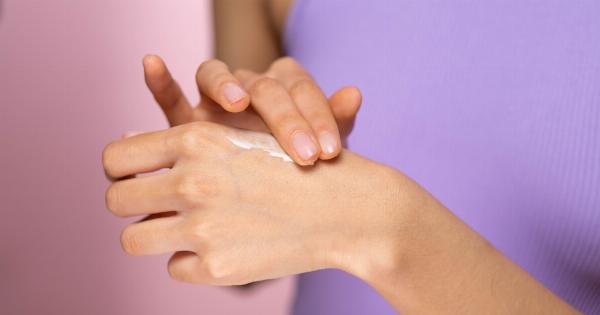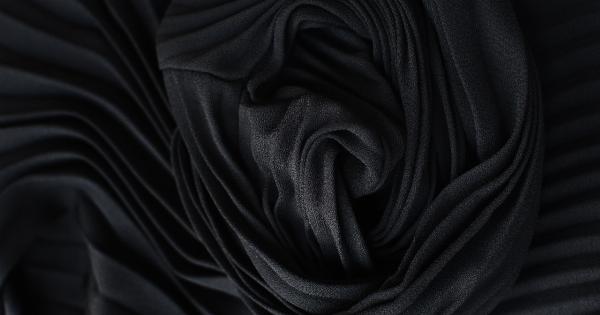Stretch marks, also known as striae, are common skin markings or scars that appear as long, narrow streaks, stripes, or lines on the skin. They can vary in color, texture, and appearance, ranging from red or pink to white or silvery-white.
Stretch marks often occur due to rapid stretching or shrinking of the skin, such as during pregnancy, puberty, sudden weight gain or loss, or growth spurts. While they don’t cause any physical health issues, stretch marks can be a source of concern for many individuals due to their cosmetic appearance.
Understanding the causes of stretch marks
Stretch marks develop when the skin is stretched beyond its normal capacity, causing tears in the middle layer of the skin known as the dermis.
This stretching leads to the breakdown of collagen and elastin fibers, which are responsible for maintaining the skin’s elasticity and firmness. As a result, the affected area may show visible scarring in the form of stretch marks.
Some common factors that contribute to the development of stretch marks include:.
1. Pregnancy
Pregnancy is one of the most common causes of stretch marks.
As a woman’s body undergoes significant physical changes to accommodate the growth of the baby, the skin on the abdomen, breasts, hips, and thighs stretches rapidly, leading to the formation of stretch marks.
2. Puberty
Rapid growth during puberty can cause the skin to stretch quickly, leading to the appearance of stretch marks. This growth spurt can occur in both boys and girls as they experience changes in height, weight, and body composition.
3. Weight fluctuations
Fluctuations in weight, such as rapid weight gain or loss, can contribute to the development of stretch marks. The skin may not have enough time to adapt to the changes in body size, resulting in the formation of stretch marks.
4. Hormonal changes
Hormonal imbalances or conditions that affect hormone levels, such as Cushing’s syndrome or Marfan syndrome, can make the skin more prone to developing stretch marks.
5. Genetic predisposition
Some individuals may be genetically predisposed to develop stretch marks. If your parents or close family members have stretch marks, there is a higher chance that you may also develop them.
Can topical creams effectively remove stretch marks?
The market is flooded with various topical creams, lotions, oils, and serums claiming to eliminate or reduce the appearance of stretch marks.
These products often contain ingredients like retinoids, collagen boosters, peptides, hyaluronic acid, and vitamin E, among others.
While these topical creams may help moisturize and nourish the skin, which can improve its overall appearance and texture, it’s important to note that stretch marks are essentially scars that form deep within the skin.
As such, removing or completely erasing stretch marks through topical creams alone may not be entirely possible.
Stretch marks can be challenging to treat because they involve damage and changes in the deeper layers of the skin. No topical cream can penetrate deep enough to reach the dermis and repair the underlying damage.
Are there any effective treatments for stretch marks?
Although topical creams may not be able to completely remove stretch marks, there are other treatment options available that can help minimize their appearance.
1. Retinoid creams
Retinoid creams, derived from vitamin A, may help stimulate collagen production and reduce the appearance of stretch marks over time.
However, retinoid creams should be used cautiously, especially during pregnancy or breastfeeding, as they may have adverse effects on the developing baby.
2. Laser therapy
Laser therapy is a popular and effective treatment option for reducing the appearance of stretch marks. The procedure uses focused light beams to target the affected skin, stimulating collagen production and improving the skin’s texture and tone.
Multiple sessions may be required to achieve the desired results.
3. Microdermabrasion
Microdermabrasion involves using tiny crystals to gently exfoliate the outer layer of skin, promoting cell turnover and collagen production. This treatment can help improve the appearance of stretch marks and make them less noticeable over time.
4. Chemical peels
Chemical peels involve applying a solution to the skin to exfoliate the outer layers, promoting the growth of new, healthier skin cells. This can help reduce the appearance of stretch marks and improve overall skin tone and texture.
5. Microneedling
Microneedling, also known as collagen induction therapy, uses a device with tiny needles to create controlled micro-injuries in the skin.
This stimulates the production of collagen and elastin, promoting skin rejuvenation and reducing the appearance of stretch marks.
Preventing stretch marks
While it may not be possible to completely prevent stretch marks, there are certain measures individuals can take to minimize their risk of developing them:.
1. Maintain a healthy weight
Gradual and steady weight gain or loss can help minimize the stretching of the skin, reducing the likelihood of stretch marks.
2. Stay hydrated
Drinking an adequate amount of water can help improve skin elasticity and overall skin health, which may minimize the formation of stretch marks.
3. Moisturize regularly
Using moisturizers or oils can help keep the skin hydrated and supple, potentially reducing the likelihood of developing stretch marks.
4. Eat a balanced diet
A diet rich in vitamins and minerals can support healthy skin and promote collagen production, potentially reducing the appearance of stretch marks.
Conclusion
While topical creams may not be able to fully remove stretch marks, they can help improve the overall appearance and texture of the skin.
It’s essential to manage expectations and explore other treatment options, such as laser therapy, microdermabrasion, or chemical peels, for significant reduction in the appearance of stretch marks. Additionally, adopting preventive measures and maintaining a healthy lifestyle can help minimize the risk of developing stretch marks in the first place.





























